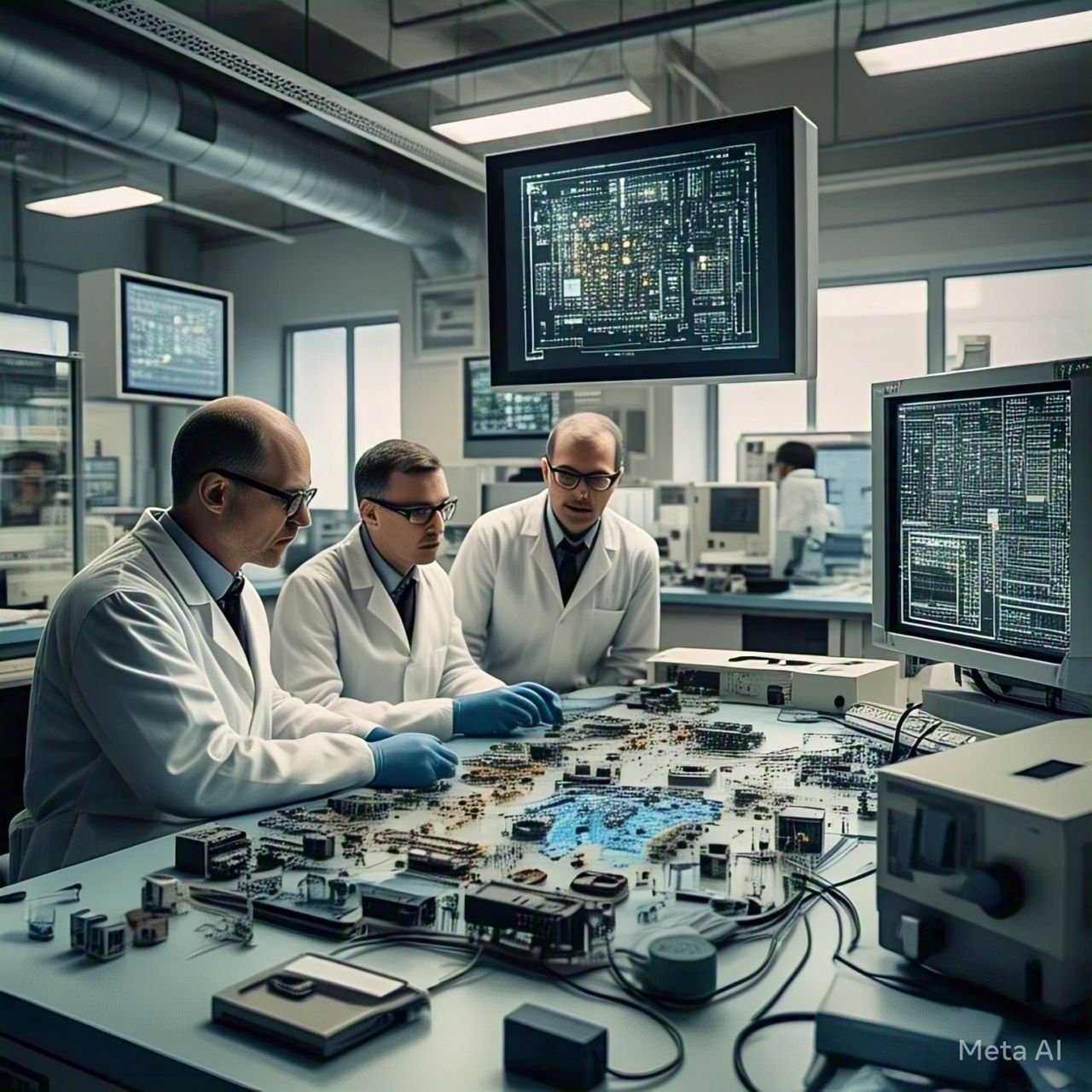Introduction
The architectural landscape is evolving rapidly, and Artificial Intelligence (AI) is at the forefront of this transformation. Generative design, powered by AI, is revolutionizing the way architects conceptualize and execute designs. By leveraging advanced algorithms, AI assists architects in creating optimized, sustainable, and innovative structures that align with functionality and aesthetics. This article explores how generative design is reshaping architecture and why AI is becoming an indispensable tool for modern architects.
What is Generative Design?
Generative design is an AI-driven process that uses algorithms to explore multiple design possibilities based on predefined parameters. Architects input design goals, material constraints, spatial requirements, and environmental considerations, and AI generates multiple optimized solutions. This process allows for more efficient, data-driven decision-making in architecture.
The Role of AI in Generative Design
1. Rapid Design Prototyping
AI-powered generative design accelerates the design process by producing thousands of potential solutions in minutes. This allows architects to explore various structural and aesthetic possibilities before finalizing a concept.
Key Benefits:
- Faster design iterations and reduced project timelines.
- Enhanced creativity with AI-generated design alternatives.
- Streamlined decision-making with data-backed insights.
2. Optimized Space Utilization
AI-driven algorithms analyze spatial efficiency and suggest layouts that maximize functionality while maintaining aesthetics. This is particularly useful for urban planning, office buildings, and residential projects.
Key Benefits:
- Smarter space planning for improved usability.
- AI-based recommendations for ergonomic and efficient layouts.
- Cost-effective use of available square footage.
3. Sustainability and Eco-Friendly Design
Generative design integrates sustainability by evaluating energy efficiency, material impact, and environmental factors. AI helps architects create structures that reduce carbon footprints and optimize natural resource usage.
Key Benefits:
- AI-driven selection of eco-friendly materials.
- Optimized energy efficiency in buildings.
- Reduced construction waste through precise design calculations.
4. Structural Integrity and Performance Analysis
AI algorithms simulate real-world conditions, such as wind resistance, seismic activity, and material durability, ensuring the structural integrity of a design before construction begins.
Key Benefits:
- Enhanced safety with AI-predicted stress testing.
- Improved material durability and performance.
- Minimized risks through AI-driven structural simulations.
5. Customization and Personalization
Generative design allows for highly personalized architecture tailored to client needs. AI can adjust designs in real-time based on preferences, functionality, and aesthetic goals.
Key Benefits:
- Client-centric design solutions with AI-assisted personalization.
- Adaptive architecture that evolves based on user requirements.
- Unique, one-of-a-kind structures optimized for specific needs.
The Future of AI in Architecture
AI-powered generative design is not just a trend—it is the future of architecture. As AI continues to advance, architects will have even more powerful tools to create intelligent, sustainable, and groundbreaking designs. From urban planning to residential buildings, generative design is set to redefine how we shape our built environment.
Conclusion
Generative design is revolutionizing architecture by enhancing creativity, efficiency, and sustainability. AI serves as the architect’s digital assistant, helping professionals push the boundaries of design possibilities. As technology continues to evolve, AI-driven architecture will play a pivotal role in creating smarter, greener, and more innovative structures for the future.




